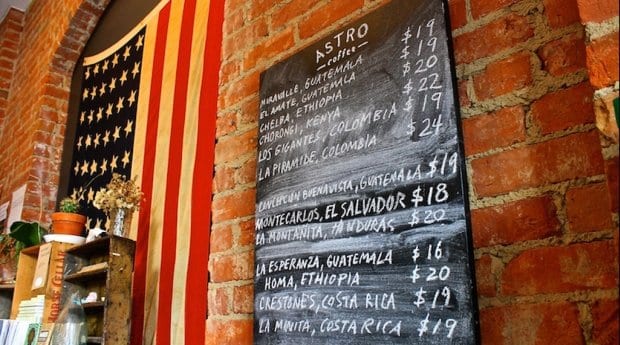
In Corktown, Gay favourite Astro Coffee should be your number one stop Credit: Aefa Mulholland
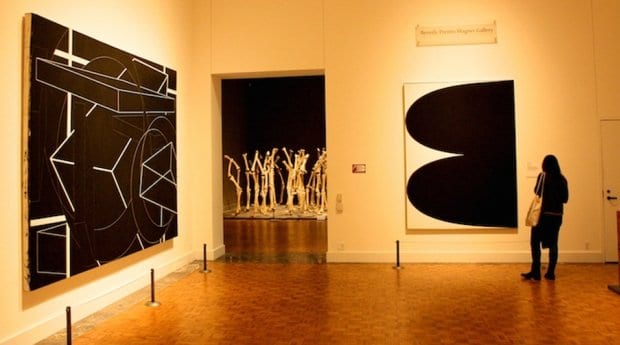
The Detroit Institute of Art boasts a gargantuan collection that includes Diego Rivera’s incredible industry murals. Credit: Aefa Mulholland
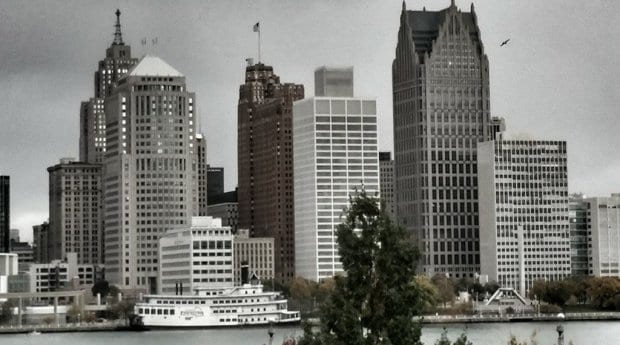
Detroit skyline. Credit: Aefa Mulholland
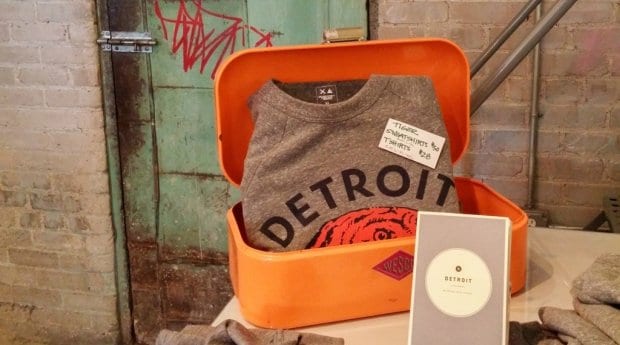
Detroit Tigers t-shirt at Eastern Market. Credit: Aefa Mulholland
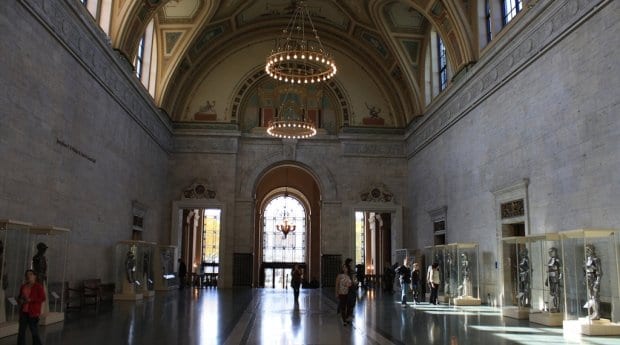
The Detroit Institute of Art, is housed in an elegant Beaux-Arts/Italian Renaissance building, dating back to 1927. Credit: Aefa Mulholland
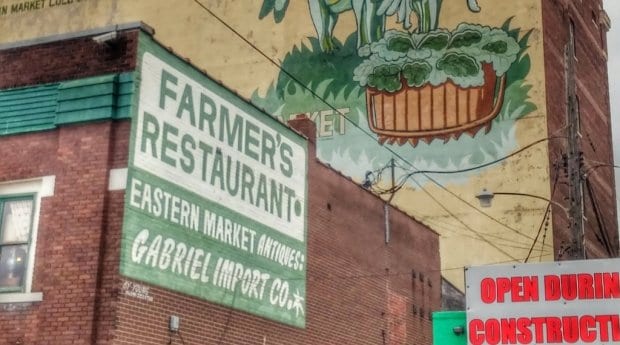
If you’re in Detroit on a Saturday morning, do not miss the Eastern Market area featuring a half dozen market halls. It’s one of North America’s finest food destinations. Credit: Aefa Mulholland
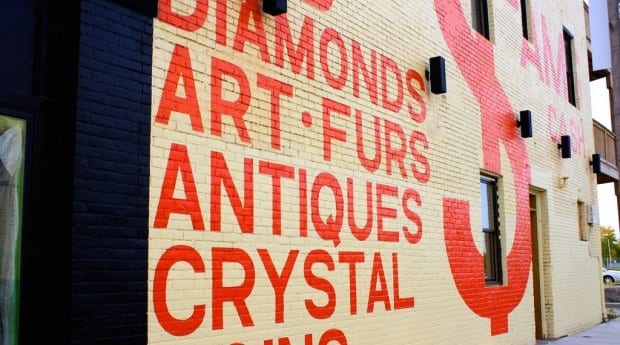
In Corktown, Pawn store-turned eaterie Gold Cash Gold. Credit: Aefa Mulholland
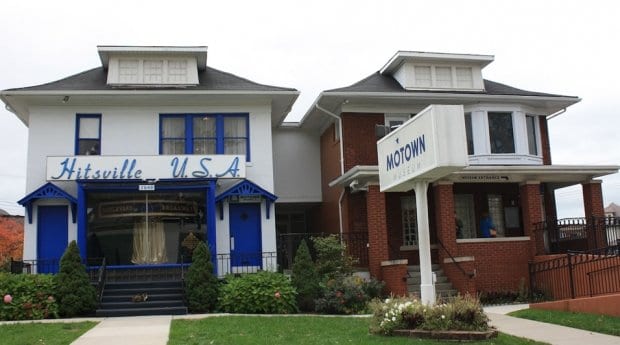
Two tiny houses contain the Motown Museum, where tour guides all seem to have personal connections to Motown itself. Credit: Aefa Mulholland
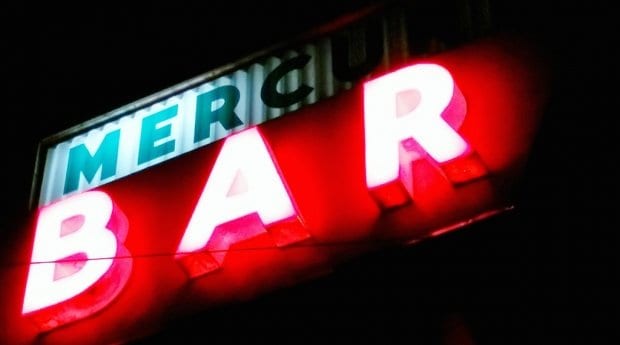
Mercury dishes out hefty burgers and views of Michigan Central Station. Credit: Aefa Mulholland
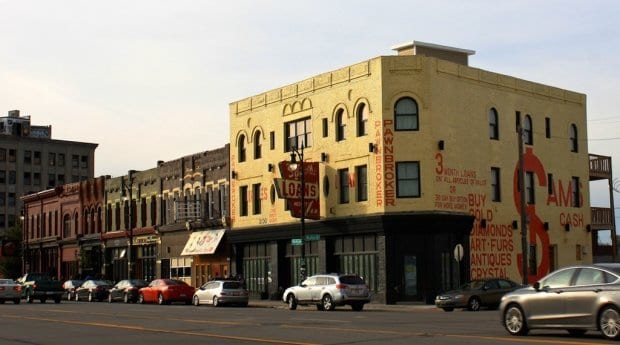
Michighan Avenue in Corktown. Credit: Aefa Mulholland
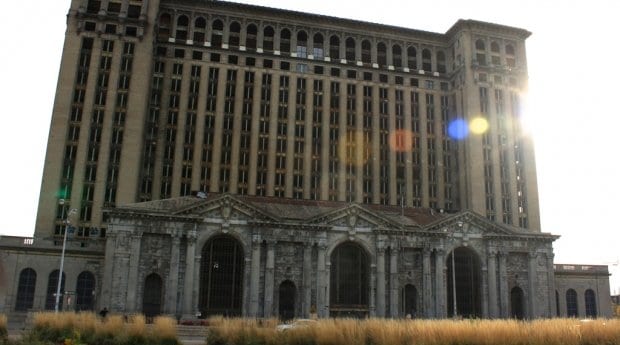
Michighan Central Station. Credit: Aefa Mulholland
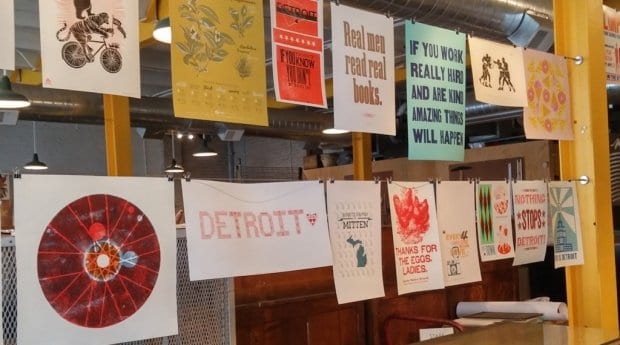
Signal Return Press offers letterpress workshops and hand printed posters. Credit: Aefa Mulholland
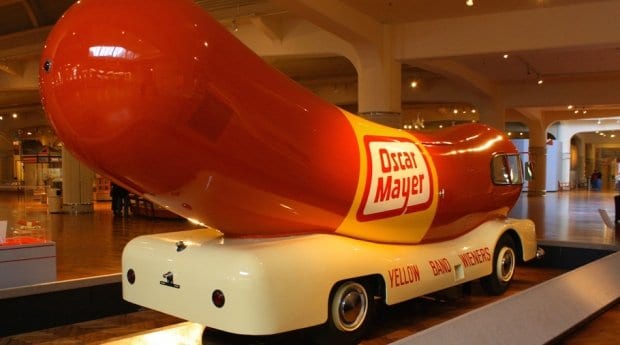
Twenty minutes from Midtown, the Henry Ford Museum is home to hundreds of vehicles, including an Oscar Mayer Wienermobile, JFK’s presidential car, trains, buses and planes. Credit: Aefa Mulholland
Detroit has been known so long for its hard-luck history, but has recently added a slew of exciting new storylines. It still faces plenty of problems, and it has no shortage of unpredictable corners — but this proud, optimistic city has so much more to offer. Of course, the ruin-porn photo opportunities are still there: streets of abandoned, sagging, once-elegant homes; the grim skeleton of the derelict, 18-storey 1913 Michigan Central Station; and eerie, empty neighbourhoods. It might look like a post-apocalyptic backdrop, but the pockets of resurgence — from a clutch of stunning cultural institutions to an enticing crop of local food and drink destinations — make this a truly remarkable renaissance.
The largest city in Michigan, Detroit sprawls a staggering 360 square kilometres, so don’t try to do this one on foot. Canadians can drive or ride the tunnel shuttle under the Detroit River from Windsor and find car rentals close by on Jefferson.
The city is an incredible art destination. The Detroit Institute of Art, housed in an elegant Beaux-Arts/Italian Renaissance building dating back to 1927, boasts a gargantuan collection that includes Diego Rivera’s incredible industry murals. Leave time to lunch and linger over live jazz in Kresge Court, the gallery’s “living room.” For modern takes on art, there is the edgy Museum of Contemporary Art Detroit and Contemporary Art Institute of Detroit, housed in a former industrial garage, and the incredible Heidelberg Project. This neighbourhood-sized project that artist Tyree Guyton built over the past 28 years encompasses a dozen abandoned homes and now contains thousands of art pieces constructed from found objects: painted car hoods half-buried in grass, shoes, decapitated dolls, stacks of ancient televisions and suitcases, pyramids of plastic toys, houses and tarmac painted with polka dots and cryptic numbers. North of Midtown is the Russell Industrial Center, the largest artist community in the Midwest, while to the east, the recently relocated North End Art Studio artist collective has exhibitions and events.
For edible art, letterpress studio Salt & Cedar host regular farm-to-table events. Art and cuisine also go hand-in-hand with Soup, “a monthly dinner funding micro-grants for creative projects,” and Ponyride, which hosts clandestine dinners in abandoned buildings. Los Galanes and Lupita’s can be found in Mexicantown — a neighbourhood that looks like a Western set, faded tortilla factory and all — for decent, budget-conscious food.
On a Saturday morning, the Eastern Market area becomes a must-see attraction. It’s one of North America’s finest food destinations, and the tables groan with some of Michigan’s prime produce: pumpkins, berries, dumpling squash, sausages, flowers, coffee, cookies, honey, hot sauce and herbs. All around, permanent stores and eateries sell ribs, soul food, coffee and everything from vintage clothes to letterpress workshops and hand printed posters.
Downtown, one of the finest architectural sites is the ornate Guardian Building. Built in the Roaring ’20s, it was once a financial temple — now, it’s a shopping mall. Its promenade-level Rowland Cafe provides a fine vantage point.
Back in Midtown, and within a couple of minutes’ walking distance of the DIA, is the very worthwhile Charles H Wright Museum of African American History (), featuring a harrowing slave ship reconstruction. The Detroit Historical Museum and Michigan Science Center are adjacent, making it easy to visit all three in one visit. Twenty minutes from Midtown, the Henry Ford Museum is a sprawling attraction with hundreds of vehicles, including a Wienermobile, JFK’s presidential car, trains, buses and planes. You’ll find excellent Middle Eastern food nearby in Dearborn.
For local liquid specialties, visit hip, LGBT-adored Corktown — Detroit’s oldest neighbourhood. Two James Distillery has all the hard stuff; try their Old Cockney Gin, 28 Island Vodka, bourbon, rye or single malt. For alternative alcoholic souvenirs, stop by Motor City Wine, a wine bar and store where owners David and Mark specialize in sustainable and organic wines. Beer enthusiasts can tour and taste with Motorcity Brew Tours on bus, walking and bike tours.
Corktown is home to a fresh array of cafés, cocktail spots and boutiques that have opened along Michigan Avenue in the shadow of the abandoned train station. Astro Coffee is a number one stop, and Slow’s rustles up acclaimed BBQ and bourbon-based beverages right next door. Other main drag musts include: Mercury, with its hefty burgers and views of Michigan Central Station; artisan deli Mudgie’s; affordable Italian Ottava Via; pawn store-turned-eaterie Gold Cash Gold; much loved Detroit Institute of Bagels; craft cocktail temple Sugar House; and St Cece’s bar in the old Irish club building.
The city that was home to Motown, The Stooges, Madonna and Eminem has an energy unlike anywhere else. Hear where it all began at the Motown Museum, where the tour guides all seem to have personal connections to Motown itself. Two tiny houses contain curios such as the piano Marvin Gaye played recording classics such as Let’s Get It On, the typewriter Martha Reeves used before dancing in the streets and Michael Jackson’s diamond-encrusted glove.
Detroit’s gay scene is scattered. Despite Motor City Pride moving downtown in 2011, there’s no obvious gaybourhood — but Ferndale, once a blue collar neighbourhood in the north, has gone through a rainbow wash. Two consecutive gay mayors, two LGBT-owned bookstores, the LGBT community centre Affirmations, a gay theatre troupe, and bars and restaurants that are comfortably gay/straight-mixed have attracted a sizeable LGBT community.
Bars
Downtown’s LGBT venues are home to friendly locals and bargain drink prices. Start with cocktails at Woodward tavern. The Temple Bar on Cass is something of a secret gay bar(you often have to be buzzed in), but the low-slung, neglected facade hides a friendly, gay-owned-and-run neighbourhood dive bar. Park Bar goes gay on Tuesdays, but has LGBT clientele every night. Menjo’s, Madonna’s old haunt, is a popular mixed gender, mixed race dance complex.
The rambunctious Hayloft offer bevies of boots and bears toward Dearborn. Nearby, Gigi’s is a dance bar with go-go boys.
Popular LGBT destinations worth driving to include Royal Oak and its coffee house Five 15. Visit unpretentious Soho for drag queen bingo in Ferndale.
Accommodations
A charming collection of six Victorian homes on Ferry Street, Midtown’s Inn offers generous breakfasts, elegant furnishings and an incredibly convenient location — next door to the DIA. Offering two design-conscious rooms above Slow’s, Honor & Folly is a hip address downtown. Right amongst downtown Detroit’s crumbled splendour is the gorgeous, 453-room Westin Book Cadillac, a restored 1920s landmark with an acclaimed spa that’s been returned to its former glory.
For the most up-to-date travel information on gay Detroit, see our City Guide, Listings Guide, Events Guide and Activities Guide.
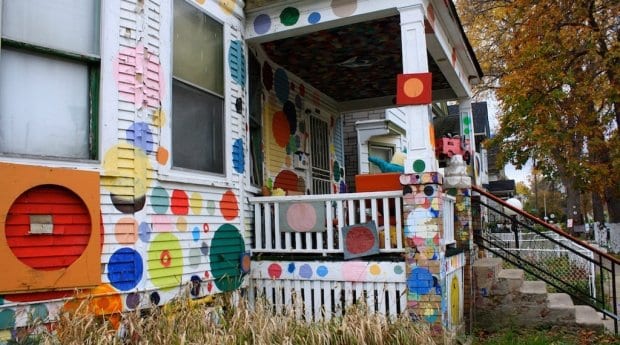
 Why you can trust Xtra
Why you can trust Xtra